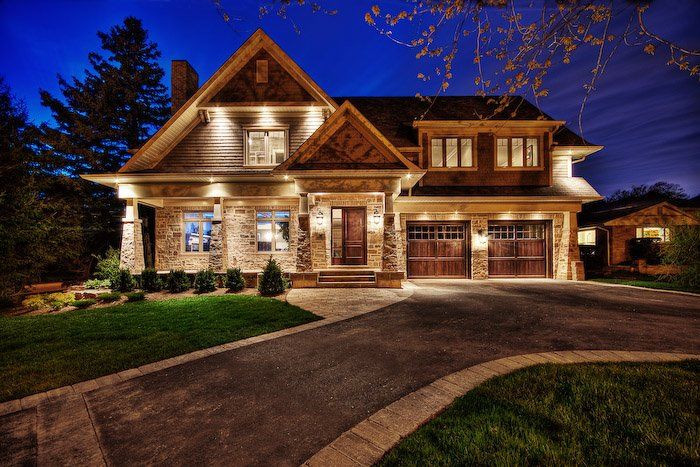Design Blog
Every project situation is different. Each presents a different set of requirements and limitations. Each presents a unique set of cultural, environmental, technological, and aesthetic contexts to be considered. Each presents its own set of challenges and opportunities. Design brings to the surface the major considerations inherent in a situation. It is a process that is both problem-seeking and problem-solving. While every project has a unique combination of design influences, some of the more important ones are discussed here.
Client
Some clients have a clear idea of a program, budget, and other project objectives, including the final appearance of the building. Others look to their architect to help them define the project objectives and to design a building that meets those objectives. In both cases the effectiveness of the relationship between client and architect is a major factor in making design decisions throughout the project.
Program
All clients have a series of aspirations, requirements, and limitations to be met in design. The program provides a place for identifying and delineating these factors and any number of related considerations. The program may be short or long, general or specific, descriptive of needs, or suggestive of solutions.
Community Concerns
Clients and their architects may need to adjust their designs to satisfy community groups, neighbors, and public officials. These design adjustments are often ad hoc efforts to meet objections or to gain support rather than direct responses to codified requirements.
Codes and Regulations
Regulatory constraints on design have increased steadily. Beginning with simple safety requirements and minimal land-use and light-and-air zoning, building codes and regulations have grown into a major force in design that regulates every aspect of design and construction.
Context and Climate
Contextual factors include the nature of the surrounding fabric of natural and built elements. Existing patterns and characteristics of this fabric can provide clues or starting points for approaching site development as well as the building design, influencing its configuration and use of materials, colors, and textures. Climatic factors include the nature of regional microclimates defined by solar radiation, temperatures, humidity, wind, and precipitation.
Site
These factors include site size; configuration; topography; geotechnical characteristics; ecological features, including vegetation, wildlife habitats, water elements, and drainage; and accessibility to property.
Building Technology
Building configuration, materials, and systems are rarely arbitrarily chosen and are only partially based on aesthetic criteria. For example, floor-to-floor height required to accommodate structural, mechanical, lighting and ceiling systems in a cost-effective manner varies significantly from an apartment house to an office building to a research facility. Similarly, office fenestration may be based on one module and housing on another module. In still other cases, these dimensions may be dictated largely by mechanical systems or even by the knowledge and preferences of the local construction industry.
Sustainability
In its broadest scope, sustainability refers to the ability of a society, ecosystem, or any such ongoing system to continue functioning into the future, without being forced into decline through exhaustion or overloading of the key resources on which that system depends. For architecture, this means design that delivers buildings and communities with lower environmental impacts while enhancing health, productivity, community and quality of life.
Cost
In most cases, there is a limit to the funds available for construction. Once defined, this limit has a major influence on subsequent design decisions, from building size and configuration to material selection and detailing. Although most budgets are fixed, (often by the amount of financing available) others may be flexible. For example, some owners are willing to increase initial budgets to achieve overall life-cycle cost savings.
Schedule
The demands and constraints set by the project schedule may influence how specific issues are explored and considered. For example, an alternative requiring a time-consuming zoning variance may be discarded in favor of one that can keep the project on schedule. Another example may include committing to a final site plan early in the process-before the building footprint on the site plan is fully designed.





